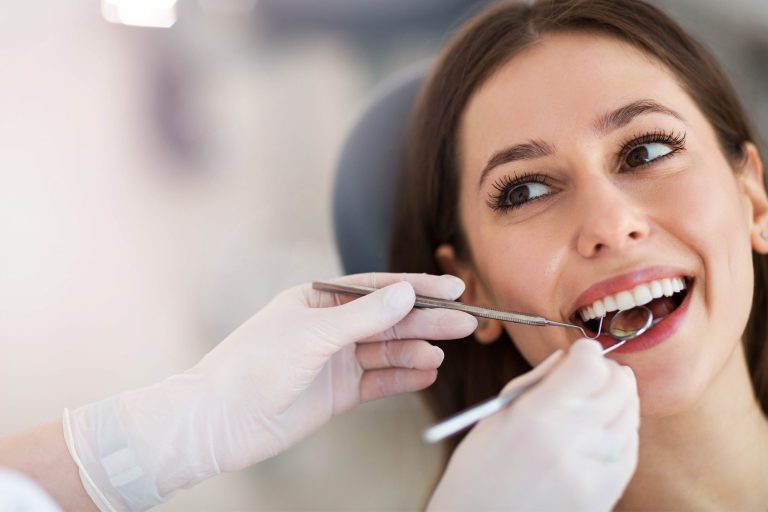Most people know that when they visit the dentist, they can expect to have dental radiographs, also known as x-rays, taken for the dentist to view. While this can be expected, most people have no idea what the dentist is looking for, and what it is exactly that they are seeing when they examine an x-ray in the room.
What to expect:
When you arrive at the dentist, you will usually have your dental x-rays taken by a dental assistant. It is the assistant’s job to communicate with you to identify any problem areas before taking your x-rays, so that they know exactly where to focus. While he or she takes your x-rays, they will examine what they see, and if they see any areas that may be questionable, they will take more concentrated images for the dentist to examine.
Things that cause red flags when examining x-rays:
- Dark spots (Either in the tooth or around the root): Dark spots on an x-ray can be an indication of decay in the tooth. Your dentist will take note of any tooth decay, and plan for treatment as needed.
- If there is a dark spot visible around the root of the tooth, this is usually a sign of infection. The spot around the root usually indicates the place of an abscess.
- Broken teeth: Teeth that have broken down to the root, otherwise known as root tips, can easily be seen on an x-ray. Dentists usually recommend removing them, even if they are not causing any discomfort.

When the dentist examines your x-rays in the rooms, he or she will look for signs of these red flags before proceeding with your exam. They will usually count the teeth present, and take note of any dental work that has already been completed in your mouth. If there are any fillings in your mouth, they will make sure there are no dark spots around or underneath the filling to ensure that it is still stabile. They will do the same with any crowns or bridges that are present in the mouth to make sure there is no decay underneath, which can cause the crown or bridge to fail.
Other uses for dental x-rays:
Dentists will also examine your x-rays to determine that you have an adequate amount of bone. Your bone level is extremely important; if there is any recession in the bone, eventually the teeth will become loose. This is usually due to something called Periodontitis, an advanced form of gum disease in which bacteria eats away at the bone. If your dentist sees any signs of bone loss in your x-rays, this will alert them to the fact that you may need to begin more thorough cleanings in order to remove the bacteria under your gums. X-rays are just one proactive step that help your dentist deliver the best treatment possible.
Using dental x-rays in procedures:
X-rays are also needed when conducting procedures, such as a root canal. A root canal is essentially the removal of the nerve of the tooth, which is located in the root, and replacing it with a composite filling that will ensure the stability of the tooth. It is important for dentists to have access to detailed images of the tooth that they are working on, so that they can make sure the entirety of the root is being treated. A number of x-rays are taken all throughout the procedure, in order for the dentist to see the placement of both their drills during the work, and the filling after the work is completed. Without these images, the procedure would prove to be extremely difficult.
There are many uses for the x-ray in the dental profession. If you still find yourself in the chair during your examination wondering exactly what the dentist may be looking at, do not be afraid to ask for an explanation. Any good dental professional will be able to fully explain things to you regarding your oral health.
Author: Mark is an avid blogger and writes on the topics of healthcare and dentistry. He is part of marketing team at Cheshire Dental Center in Crewe.

















